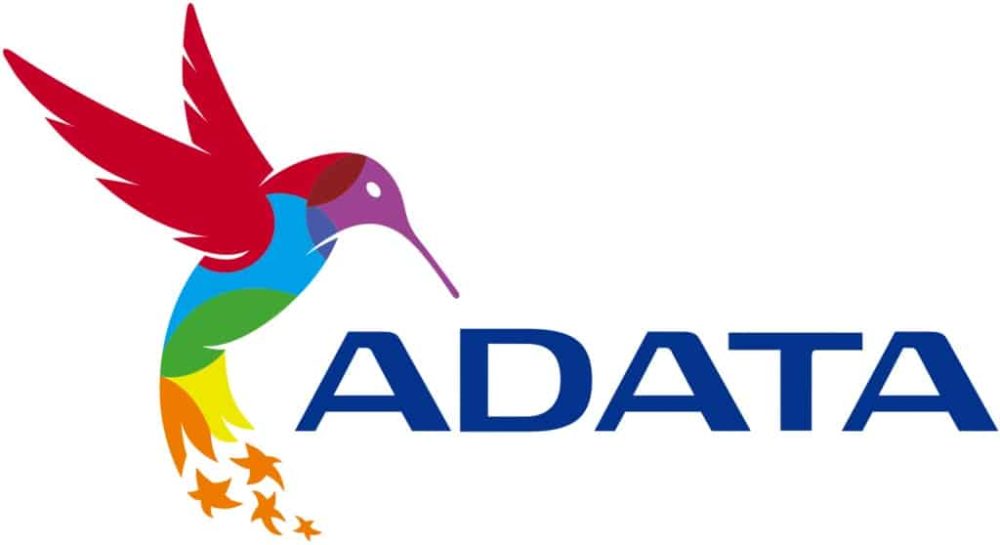In a disturbing trend, cybercriminals are weaponizing Scalable Vector Graphics (SVG) files to bypass security measures and infect Windows systems with the QBot malware. Here’s a breakdown of the critical points and the broader implications for cybersecurity.
SVG Files and HTML Smuggling
- The Attack Method: Hackers embed malicious code within SVG files, a legitimate format for web graphics.
- How It Works:
- Victims receive an email attachment containing an encoded SVG image.
- When opened, the victim’s browser executes the embedded script, assembling a malware payload on the local system.
- This tactic, HTML smuggling, bypasses many security systems by assembling the malware behind network defenses.
- Why It’s Dangerous: Since the malware is created directly on the victim’s device, traditional email or file scanning tools may fail to detect it.
The QBot Connection
- Hijacked Emails: QBot often spreads by replying to existing email threads with malicious attachments, tricking victims into believing the emails are legitimate.
- Execution Process:
- The SVG image contains encoded scripts to create a malicious zip file.
- Victims are prompted to save and open the file using a password provided in the email.
- Once opened, the malware executes and infects the system.
Rise of New Ransomware Families
Three ransomware families—Vohuk, ScareCrow, and AESRT—are leading attacks on Windows systems.
- Vohuk: Encrypts files and demands ransom via email.
- ScareCrow: Encrypts files and deletes backup copies, leveraging stolen code from older ransomware like Conti.
- AESRT: Encrypts files and uses a popup for payment instructions instead of a ransom note.
These ransomware variants share common traits, including high severity and a focus on encrypting files to extort victims.
Command-and-Control (C2) Infrastructure Surge
A 2022 report highlights a 30% increase in servers cybercriminals use to coordinate attacks.
- Key Findings:
- Over 17,000 unique servers were identified, many tied to malware like QBot and Emotet.
- China has overtaken the U.S. as the top host for these servers.
- Hackers are using older but reliable tools like Cobalt Strike, while newer ones like Brute Ratel are gaining traction due to their lower detection rates.
What This Means for Users
Cyberattacks are becoming more sophisticated, leveraging familiar file formats and advanced techniques to evade detection. Here’s how to protect yourself:
- Be cautious with email attachments, even from trusted sources.
- Ensure your security software is updated and includes endpoint protection.
- Regularly back up your files to mitigate ransomware threats.
As cybercriminals evolve, businesses and individuals must prioritize proactive defense measures, including employee training and advanced security tools, to stay ahead of the curve.


